Section 1: Renewable Energy Targets and Progress
Victoria has set ambitious renewable energy targets to transition towards a sustainable future. These include achieving 65% renewable electricity by 2030, 95% by 2035, and net-zero emissions by 2045. These goals aim to reduce greenhouse gas emissions, promote economic growth in renewable energy industries, and ensure a sustainable energy future for all Victorians.
As of the 2023/24 financial year, 37.8% of Victoria’s electricity generation was derived from renewable sources, demonstrating significant progress toward these targets. The Victorian Renewable Energy Target (VRET) auctions have been instrumental in this achievement. VRET1 added 800 MW of new renewable capacity, powering more than 570,000 homes, while the ongoing VRET2 is advancing six projects that will contribute an additional 623 MW of renewable energy generation and 365 MW of battery energy storage. These initiatives help stabilize the grid and enhance energy reliability.
To support these ambitious targets, Victoria is investing in Renewable Energy Zones (REZs) to optimize the development of renewable resources. The REZ Development Plan identifies potential projects to reduce existing constraints and support the connection of Victoria’s pipeline of renewable energy projects. This includes minor network augmentation works, projects to strengthen the system, and larger augmentation projects. $480 million from the REZ Fund has been invested in 12 Stage One projects to strengthen and modernize the state’s grid.
By combining progressive policy frameworks with financial incentives, Victoria is positioning itself as a global leader in renewable energy adoption. These efforts not only mitigate climate change but also support job creation and innovation in clean energy technologies, fostering a robust and sustainable economic future.
Section 2: Major Renewable Energy Projects in Victoria
Victoria is home to several transformative renewable energy projects that are critical to meeting its ambitious energy goals.
The Golden Plains Wind Farm, currently under expansion, is set to become one of Australia's largest wind farms, with a capacity of 1.3 GW. Once operational, it will provide approximately 7% of the state's energy needs. The first phase is expected to be completed in early 2025, with the full project online by 2027.
Another significant project is the SEC Renewable Energy Park in Horsham, announced by the Victorian government. This $370 million investment includes a 119 MW solar farm and a 110 MW battery system, capable of powering approximately 51,000 homes. Construction is expected to commence soon, with completion aimed for 2027.
Additionally, the Winton Solar Farm contributes to Victoria's clean energy landscape. Operational since 2021, this 85 MW facility reduces greenhouse gas emissions by approximately 150,000 tonnes annually, equivalent to removing 50,000 cars from the road.
These projects highlight Victoria's dedication to expanding renewable energy capacity while supporting environmental sustainability and economic development. By investing in these cutting-edge initiatives, the state is creating a resilient energy infrastructure that benefits both residents and the planet.
Section 3: Challenges and Opportunities
While Victoria has made significant progress, challenges remain in achieving its renewable energy goals. The rapid transition to renewables raises concerns about potential energy supply gaps. Reports suggest that if renewable infrastructure fails to keep pace with growing demand, the state could face grid instability, higher electricity costs, and even blackouts. Addressing these challenges requires accelerated investment in grid modernization and storage solutions.
Proposed reductions in solar rebates could also deter households from adopting rooftop solar systems, potentially slowing progress toward emission reduction goals. Maintaining financial incentives for renewable energy adoption is crucial to sustaining public participation and accelerating clean energy transitions.
Victoria's government is taking proactive measures to address these challenges. Re-establishing the State Electricity Commission (SEC) aims to increase public investment in renewable projects, ensuring reliable and affordable energy access. Collaboration with private sector stakeholders will also play a critical role in meeting infrastructure demands and overcoming economic barriers.
By prioritizing strategic planning, community engagement, and ongoing innovation, Victoria is well-positioned to navigate these challenges and maintain its leadership in renewable energy. This balanced approach ensures that the state can achieve its ambitious goals while safeguarding energy reliability and affordability for its residents.

Solar Financing with Fundd and Solar Superstore: Your Path to Affordable Solar


Switching to solar has never been easier with Solar Superstore and Fundd. Together, we offer flexible and accessible financing solutions tailored to your needs, helping you power your home with renewable energy without the upfront cost. Fundd's innovative solar financing options enable you to spread payments over time, while Solar Superstore provides high-quality solar panels, inverters, and battery systems at competitive prices.
With this partnership, you can enjoy lower energy bills, increased energy independence, and a smaller carbon footprint—starting today. Whether you're upgrading your existing solar setup or going solar for the first time, Solar Superstore and Fundd are here to make renewable energy affordable and hassle-free.
Click here and start saving today!
Shop Solar at Solar Superstore


Get top-quality solar panels, inverters, and batteries at unbeatable prices. Compare trusted brands, enjoy fast delivery, and power your home sustainably. Solar Superstore makes going green easy and affordable.
Click here and save!
